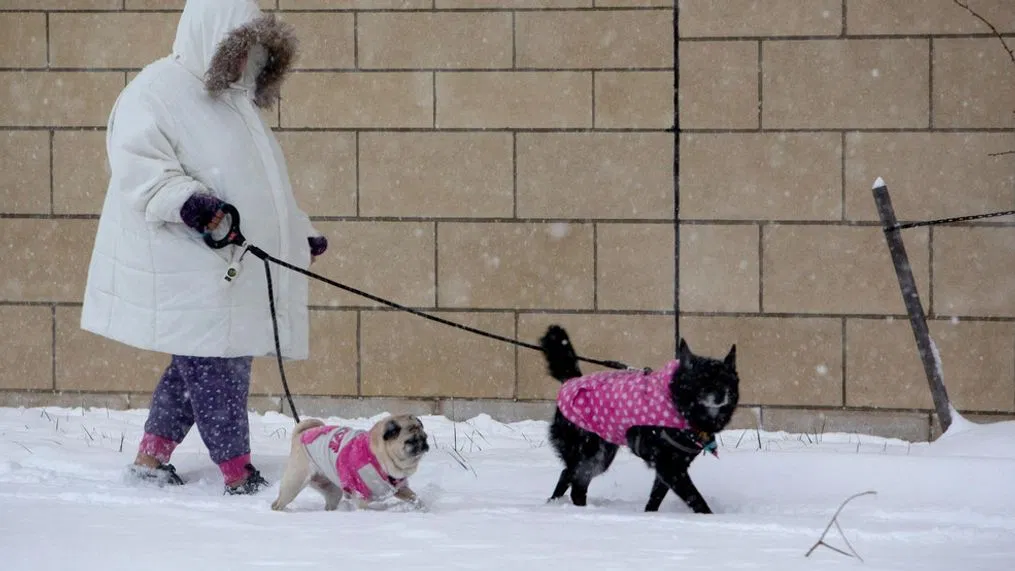Discover the hidden dangers of dog walking and learn essential safety tips to protect yourself and your furry friend.
Introduction
The companionship of a dog is invaluable, but it also comes with responsibilities, including ensuring both your safety and your furry friend’s. While dog walking offers numerous benefits, it can also pose unexpected risks. This article explores the increasing number of dog-walking injuries and provides practical tips to help you stay safe on your daily walks.

The Growing Trend of Dog-Walking Injuries
According to a recent study by Johns Hopkins University researchers, injuries related to dog walking have been on the rise in the United States. Fractures, sprains, and head trauma are among the most common injuries sustained while walking dogs. The number of adults seeking emergency department treatment for these injuries has skyrocketed in the past two decades.
Key Factors Contributing to Dog-Walking Injuries
- Increased Dog Ownership: The growing popularity of dog ownership, especially fueled by the pandemic, has contributed to the rise in dog-walking injuries.
- Distractions: Multitasking, such as using a phone while walking a dog, can divert attention and increase the risk of accidents.
- Powerful Dogs: Larger, more energetic dogs can exert significant force, making it challenging to maintain control, especially for inexperienced walkers.
- Inclement Weather: Slippery surfaces, poor visibility, and extreme temperatures can create hazardous conditions for both humans and dogs.
Safeguarding Yourself While Walking Your Dog
- Stay Focused: Avoid distractions like using your phone or listening to music with headphones.
- Use a Suitable Leash: Opt for a non-retractable leash of appropriate length to maintain better control.
- Wear Appropriate Footwear: Choose sturdy shoes with good traction, especially in inclement weather.
- Consider a Harness: A harness can provide more control and reduce strain on your dog’s neck.
- Be Mindful of Surroundings: Pay attention to your surroundings, avoiding hazards like potholes, uneven terrain, and traffic.
- Avoid Running with Your Dog: Running with a leashed dog can be dangerous, especially if the dog is easily startled or prone to sudden movements.
- Seek Assistance: If you have mobility issues or difficulty controlling your dog, consider hiring a professional dog walker or seeking help from a friend or family member.
Additional Safety Tips
- Train Your Dog: A well-trained dog is easier to manage and less likely to cause accidents.
- Carry Emergency Supplies: Have a first-aid kit, water, and waste bags readily available.
- Be Visible: Wear reflective clothing and use a flashlight in low-light conditions.
- Protect Your Hands: Avoid wrapping the leash around your wrist or fingers to prevent injuries in case of sudden pulls.
By following these safety guidelines, you can significantly reduce the risk of injuries while enjoying the benefits of dog walking. Remember, a safe and enjoyable walk requires both your attention and your dog’s cooperation.
